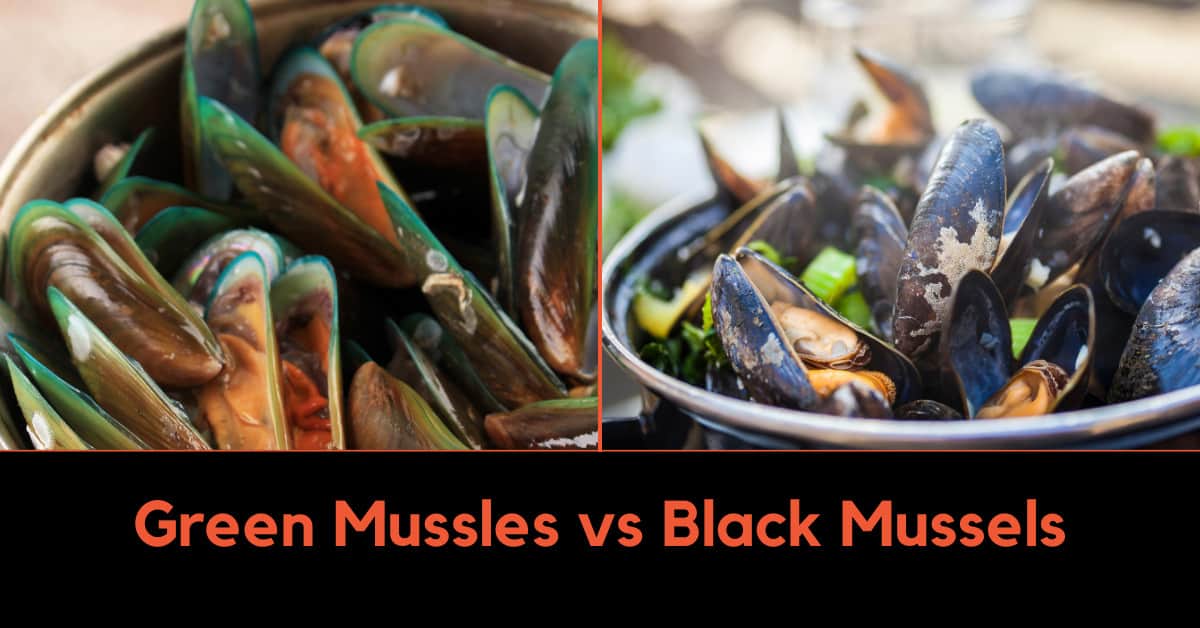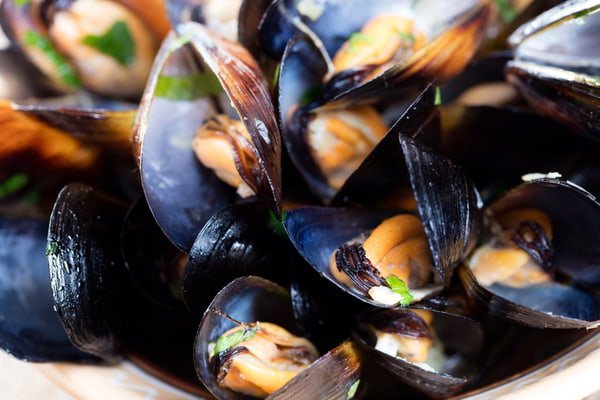Green Mussels vs Black Mussels: Exploring the Differences
– Mussels are a type of bivalve mollusk that filter water to collect algae and food particles, making them environmentally friendly for water cleaning.
– Green mussels, also known as green-lipped mussels, are a species called Perna canaliculus, while black mussels can be various species including Choromytilus meridionalis and Mytilus trossulus.
– Green mussels are grayish-brown with a hint of emerald green, while black mussels are black or dark blue.
– Green mussels are larger than black mussels, with green mussels reaching up to 6 inches in length compared to black mussels at 3 inches.
– Green mussels are native to the Indo-Pacific region but can now be found along the coasts of North and South America, while black mussels can be found in various locations worldwide.
– Black mussels have a stronger, briny taste while green mussels are milder and more savory.
– Black mussels have a plump, tender texture while cooked green mussels tend to be tougher and chewier.
– Black and green mussels can be used interchangeably in most recipes, with the smaller size of black mussels making them suitable for certain dishes and the larger size of green mussels making them ideal for stuffing, broiling, or grilling on the half shell.
– Zebra mussels, another type of mussel, are considered invasive and have a small size and striped pattern on their shells.
– Mussels are rich in omega-3 fatty acids, protein, and iron, and can be purchased fresh or frozen.
– When shopping for mussels, look for clean, intact, and moist shells, and avoid any with cracks or chips.
– Fresh mussels should smell fresh and oceanic, not fishy.
– Frozen mussels are available in many grocery stores, but check for unnecessary additives or preservatives in the packaging.
– Green mussels and black mussels have similar health benefits and can be a more affordable seafood option.

